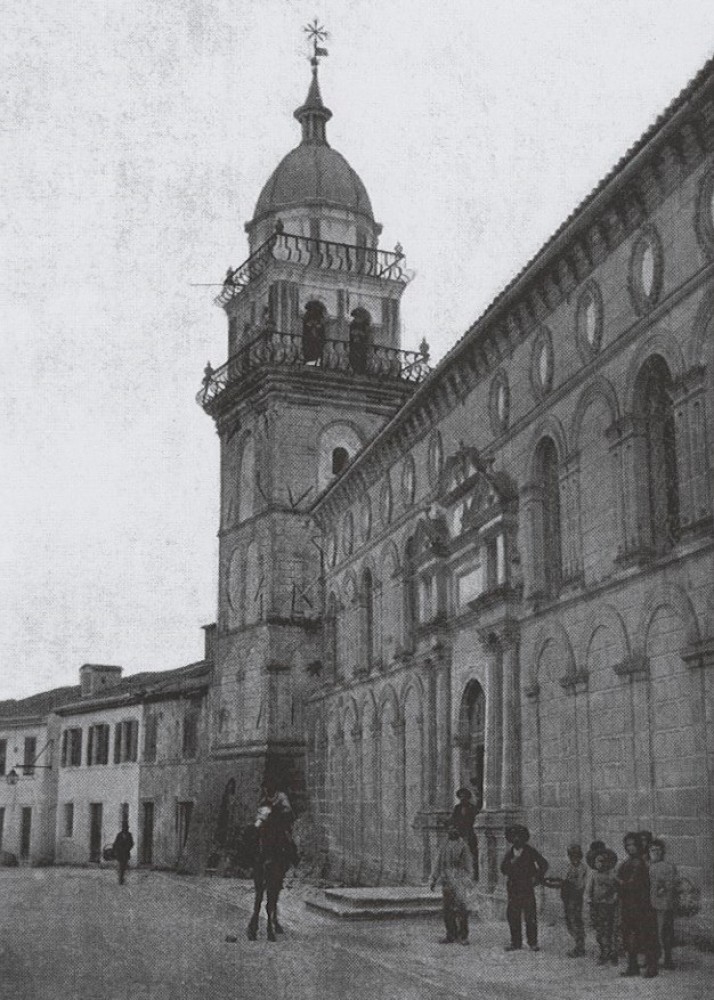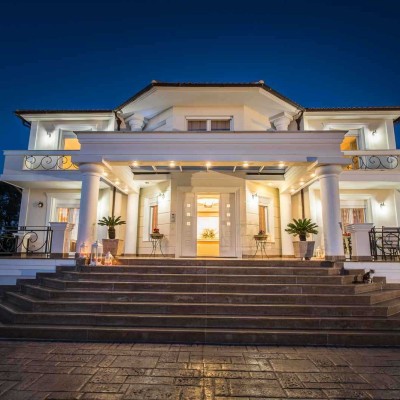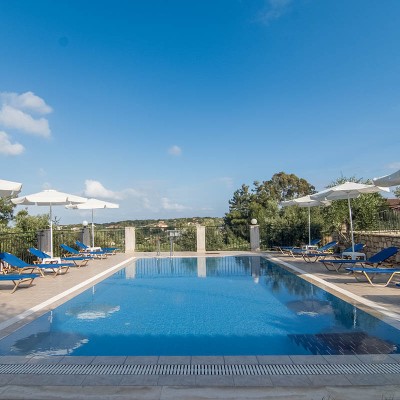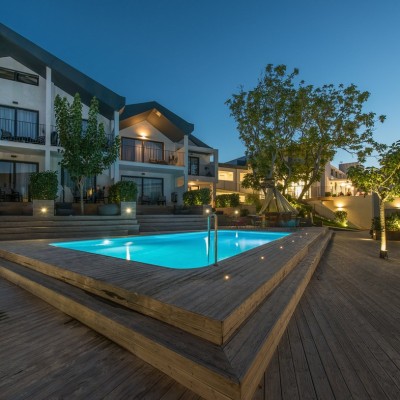EL
|
EN
|
IT

Loading...
Church of Panagia Faneromeni
Relegion Monument
Zante Town
Zante Town
The church of Panagia Faneromeni, built at the southern end of the city, was a monument of art and culture of an incomparable religious and artistic past. At the beginning of the 12th century, a small icon of the Virgin Mary was found by fishermen in the Aigialos of Zakynthos. When it was retrieved from the water, it was found intact and was immediately given the name Faneromeni. The church came under the high rule of Venice (late 15th century), which granted it under certain conditions to various families. In 1633 it was recognized by decree of the Doge of Venice as a parish church. From 1644 to 1659 it was rebuilt in splendour and began to be adorned with unique works of art. It was a real museum of hagiography and woodcarving. It was decorated with works by Michael Damaskinos, Elias Moskos, Victor, Emmanuel Tzanes, Leo Moskos, Demetrios Nomikos, Demetrios Moschos, Nikolaos Kallergis, Demetrios Stavrakis or Romanos, Nikolaos Doxaras, Nikolaos Koutouzis and others. The towering wood-carved and gilded iconostasis was the work of the Cretan Manios Maganiaris (1659). But the facade made of chiseled cornerstone like the whole structure , together with the bell tower (1638) were remarkable works of art.
The building of the church, of the basilica type, was built with flint stones of excellent workmanship and fine colour. The facade was divided into three zones. The lower one was formed by a series of blind arches, the second one kept the same element but included the windows. The third, a kind of frieze, had twelve ellipsoidal panels at intervals. From the remnants of stucco and paint in the frames, one could conclude that they had once been painted, perhaps with the figures of the twelve Apostles. The 27 m high bell tower, which retains the element of superimposed arches, was saved from the 1953 disaster.
The church burnt down in August 1953, but some of its icons survived, which are now on display in the Museum of Zakynthos. The iconographic programme of the restored church was curated in 2003 by the hagiographer Yannis Tsolakos.
Recommended




